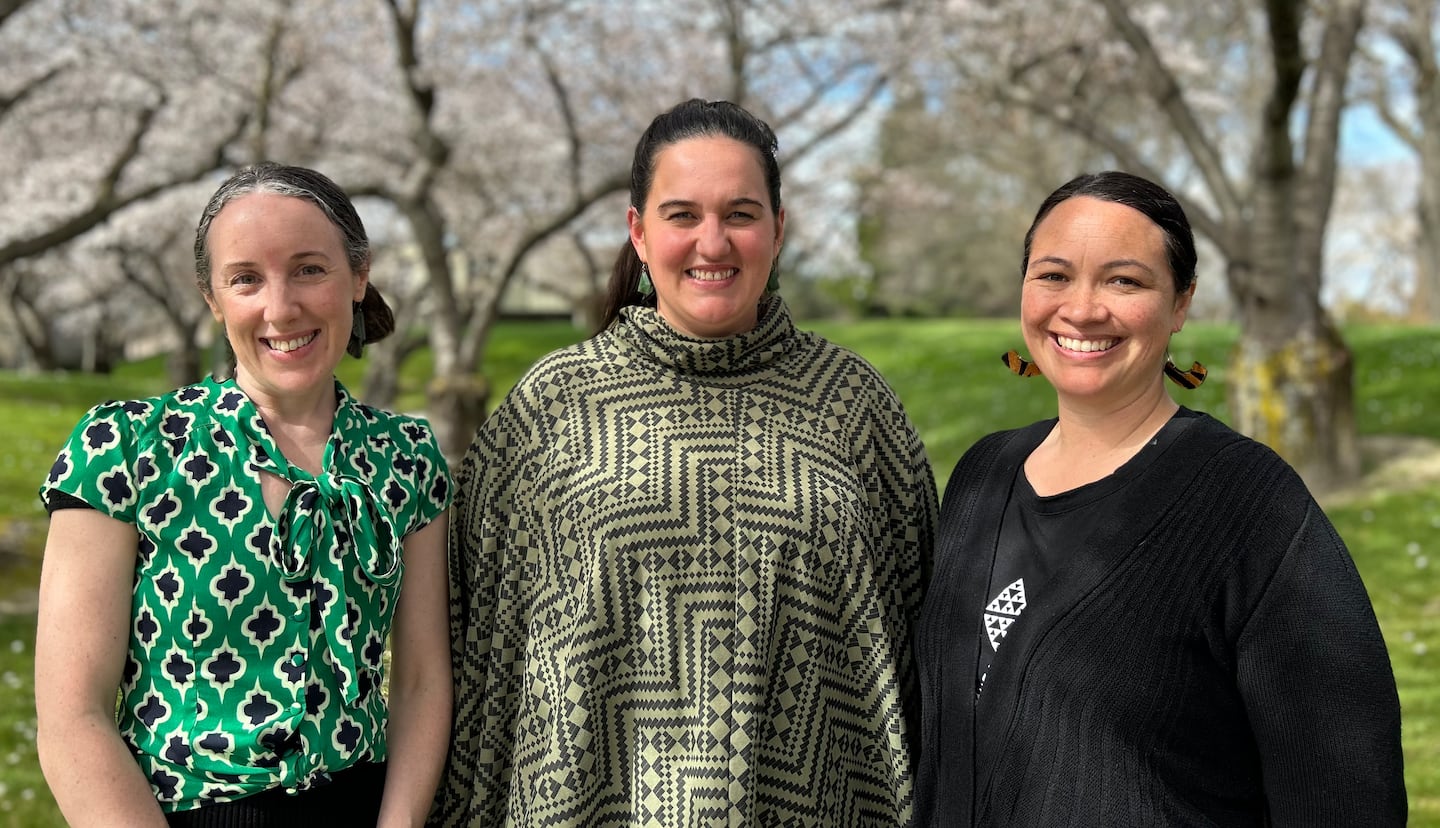North Canterbury marae, Tuahiwi, and a team of researchers from the University of Canterbury (UC) have collaborated to publish a series of children’s picture books based on the pūrākau of their rohe.
The project aims to make Tuahiwi stories accessible to tamariki, while helping them learn te reo Māori.
“We wanted to capture this mātauranga and put it in a way that’s accessible for young children,” said Dr Amy Scott, a senior lecturer in education at UC and one of the researchers involved in the project. “It’s also a springboard for further conversations.”
The team met Tuahiwi whānau, including kaumātua, to collect 20 hours of kōrero. Their stories share experiences of kapa haka, mahinga kai (food gathering), mahi īnanga (whitebaiting), history of the Kaiapoi Pā, and intergenerational experiences of the marae.
Ngāi Tahu Te Reo Māori expert Lynne Harata Te Aika has written the stories and created both a te reo Māori and a bilingual English/te reo Māori version. The pukapuka (books) will be gifted to both the school and the Tuahiwi community to use in classrooms and in whānau homes.
Local artists Christine Harvey, Tōmairangi Taiepa, and Akeake Taiepa provided the illustrations.
Bringing pūrākau to life
Scott says she hopes they’re creating a blueprint for other marae and iwi on how they might go through the process of capturing their own stories as children’s books.
“There are lots of pūrākau (stories) sitting in people’s minds. We are suggesting a way to be able to bring them to life on the page,” she said.
Crucially, Scott says Ngāi Tūāhuriri retains the “data sovereignty” of the content in the books.
The picture book project is a component of a broader programme led by UC senior lecturer Jen Smith (Ngāti Whātua, Ngāpuhi, Te Roroa) and includes UC Dr Kay-Lee Jones (Ngāti Porou, Te Aitanga a Māhaki, Te Whānau a Kai) and Dr Scott.
Funded by the Teacher-led Research Innovation Fund, as part of their broader mahi they will research the impact of the stories on te reo Māori vocabulary of the 5 – 8-year-olds reading the books at Tuahiwi School.
Scott says the programme’s benefits go beyond just tamariki though, and strengthen community ties by uniting whānau to celebrate stories alongside kaumātua.
“It has a wider impact,” she says.

